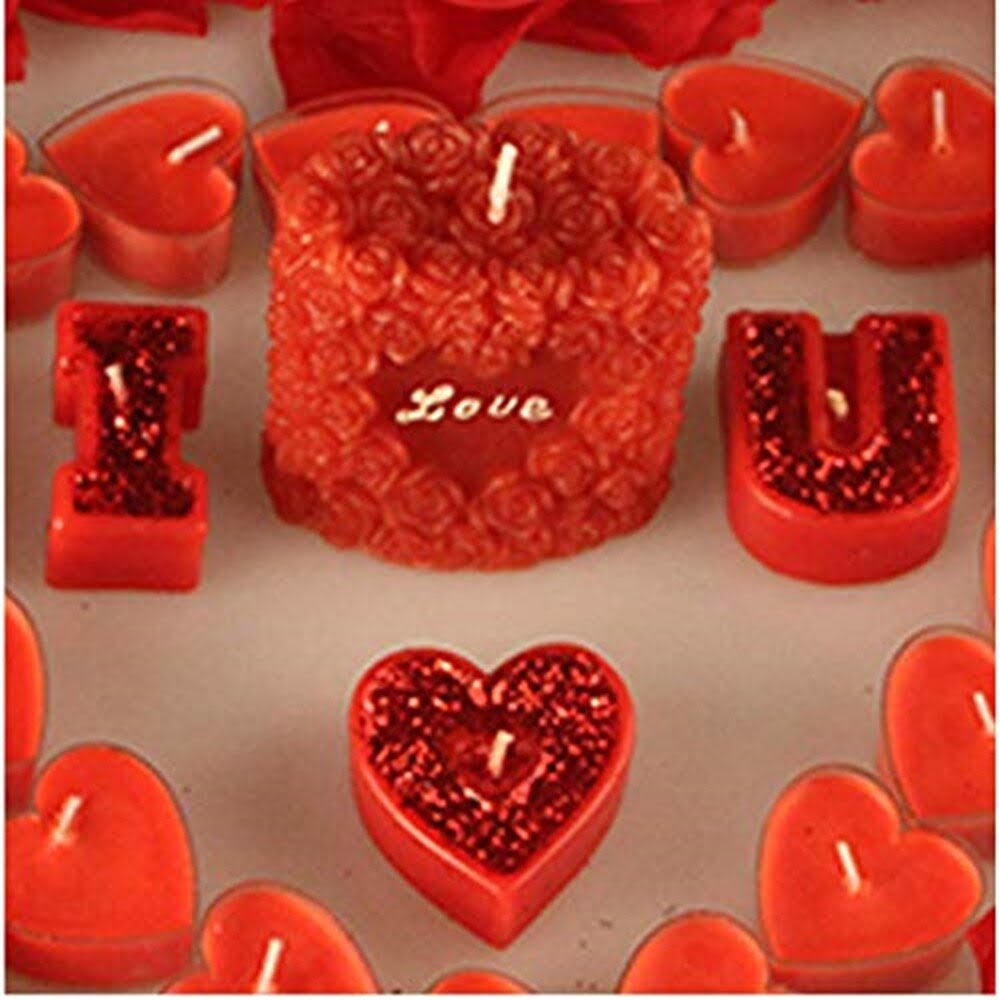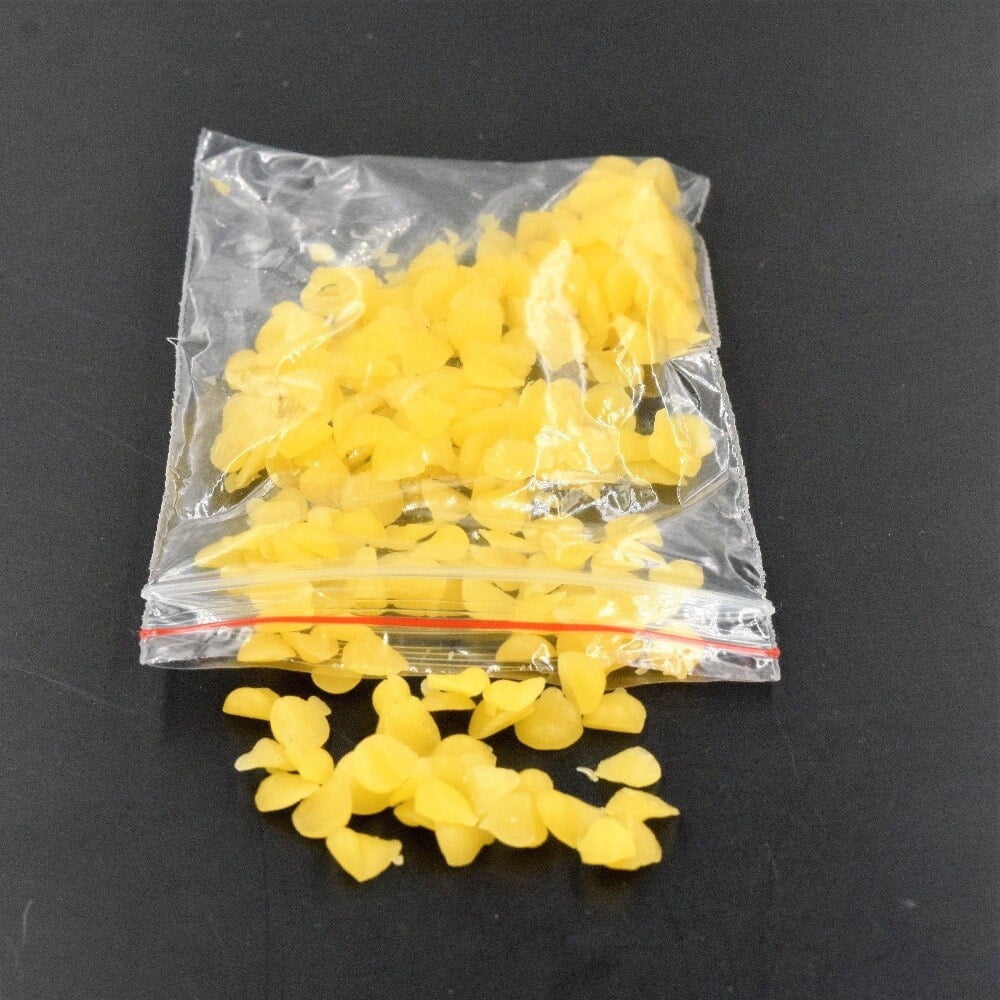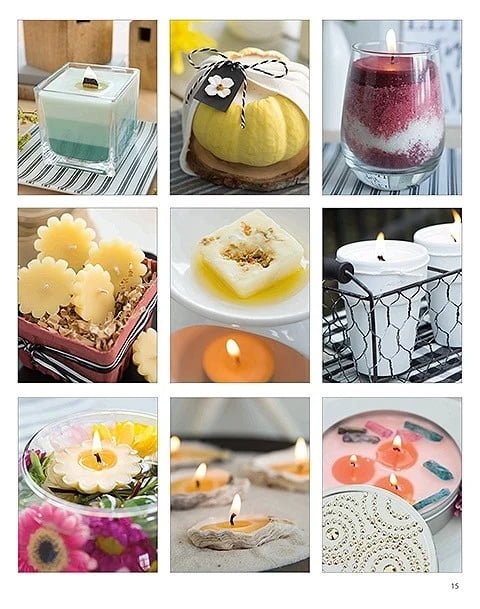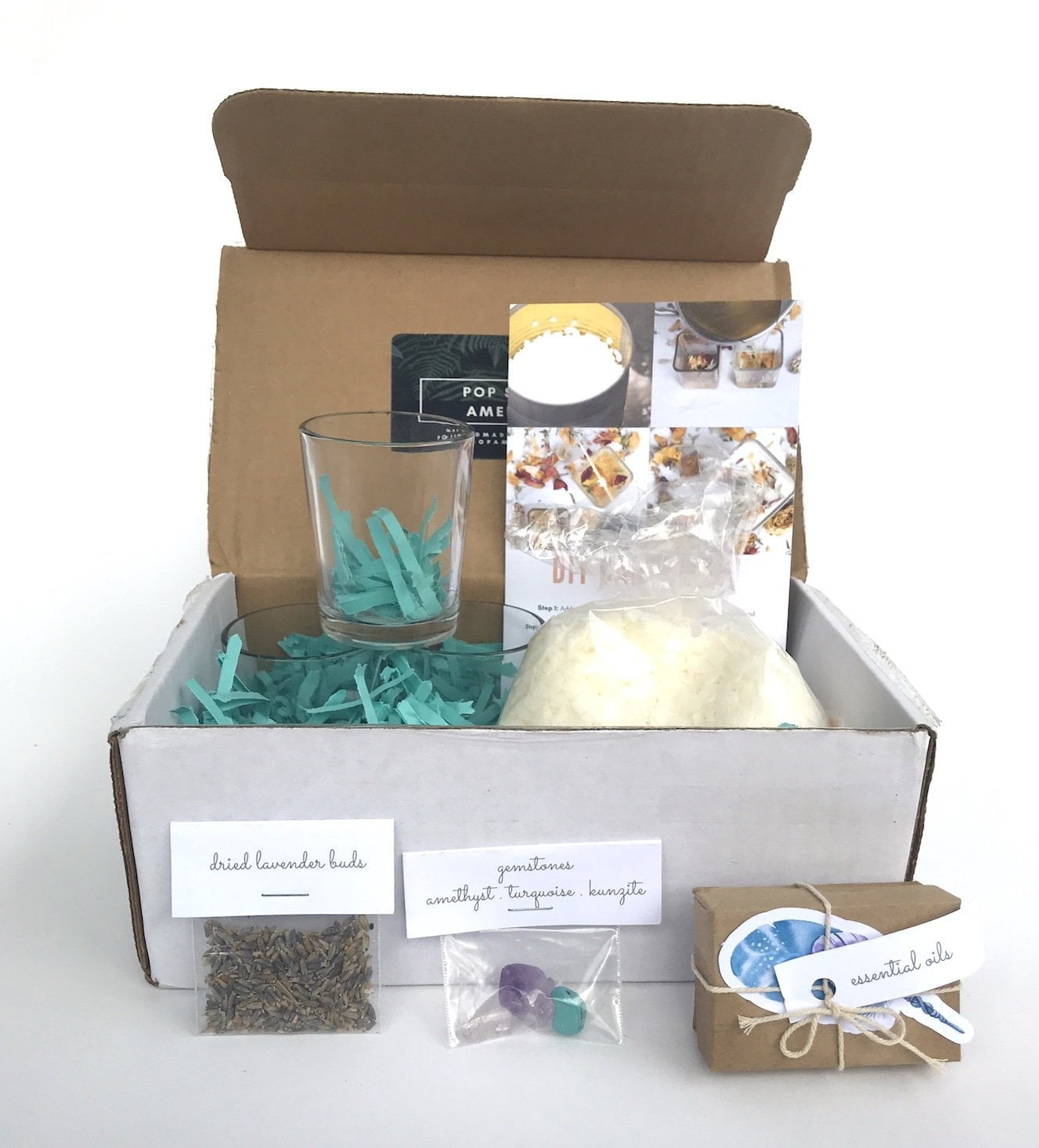Candle making is a centuries-old craft that combines both artistry and science. Whether you are a seasoned candle maker or just starting out, one of the most important aspects to consider is the fragrance oil used in your candles. The right fragrance can enhance the overall candle experience, creating a captivating ambiance and memorable scent.
In this article, we will explore the intricacies of choosing the perfect fragrance oil for your DIY candles. We will delve into the different types of fragrance oils available, understanding their importance in candle making. Additionally, we will compare essential oils and fragrance oils to determine which option is best suited for your specific needs.
Choosing the right fragrance oil involves considering various factors, such as personal preferences, compatibility with different wax types, and desired scent strength and longevity. We will discuss these factors in more detail, providing guidance on how to select the ideal fragrance oil for your candles.
Unleash your creativity as we uncover top fragrance oils for popular candle scent combinations. Discover new possibilities and inspiration to create unique fragrances that leave a lasting impression on anyone who experiences your handmade candles.
Stay tuned as we also provide dos and don’ts for using fragrance oil in candle making, troubleshooting common issues that may arise during the process, and suggestions on where to find high-quality fragrance oils that meet your standards.
Whether you are an experienced candle maker or trying it out as a new hobby, understanding the world of fragrance oils is essential in creating candles that captivate all senses. So let’s dive into this fascinating art form and discover what kind of fragrance oil truly makes all the difference in candle making.
Understanding the Importance of Fragrance Oil in Candle Making
The fragrance oil is a crucial component in candle making as it adds a unique scent that enhances the overall experience of burning a candle. It is what sets scented candles apart from unscented ones, and choosing the right fragrance oil can truly transform your DIY candles.
One of the main reasons why fragrance oil is important in candle making is because it helps create a pleasant and inviting atmosphere. The sense of smell is closely linked to our emotions and can evoke various feelings and memories. By choosing the right fragrance oil, you can create candles that not only smell amazing but also have a positive impact on the mood and ambiance of a space.
In addition to the scent, fragrance oils also play a role in the performance of the candle. They help improve burn quality, ensuring that the candle has an even burn and releases its scent effectively. The right fragrance oil will provide a strong, long-lasting scent throw that fills the room with its aroma.
When choosing fragrance oils for candle making, there are several factors to consider such as personal preference, desired strength of scent throw, and compatibility with your chosen wax type. You will also need to consider whether you want to use essential oils or synthetic fragrance oils. Essential oils are derived from natural sources such as plants and flowers, while synthetic fragrance oils are artificially made to mimic certain scents.
To choose the best fragrance oil for your DIY candles, it’s important to do some research and testing. Look for reputable suppliers who offer high-quality fragrance oils specifically formulated for candle making. Consider purchasing sample sizes or creating small test batches to see how different fragrances perform in your candles before committing to larger quantities.
Overall, fragrance oils are an essential element in candle making as they add scent and enhance the overall experience of burning candles. Choosing the right fragrance oil is key to creating beautiful and enticing candles that make any space feel cozy and inviting.
| Factors | Considerations |
|---|---|
| Personal Preference | Choose a scent that aligns with your own taste and the atmosphere you want to create. |
| Scent Throw Strength | Determine whether you want a subtle or strong scent throw from your candles. |
| Wax Compatibility | Select fragrance oils that are compatible with the type of wax you’re using for candle making. |
| Efficacy | Create small test batches to see how different fragrances perform in terms of scent throw and burn quality. |
Different Types of Fragrance Oils for Candle Making
There is a wide variety of fragrance oils available for candle making, each offering unique scents and characteristics. When it comes to choosing the right fragrance oil for your candles, it’s important to understand the different types available and how they can enhance your candle-making experience.
Natural Fragrance Oils
One type of fragrance oil that is popular among candle makers is natural fragrance oils. These oils are derived from natural sources such as flowers, fruits, herbs, and spices. Natural fragrance oils offer a more authentic and true-to-life scent compared to synthetic alternatives. They are also known for their therapeutic properties and can help create a calming or uplifting ambiance with their natural aromas.
Synthetic Fragrance Oils
Another option for candle makers is synthetic fragrance oils. These oils are created in laboratories using a combination of chemicals to replicate various scents. One advantage of synthetic fragrance oils is that they often have a stronger scent throw, meaning they can fill a room with fragrance. Additionally, synthetic fragrance oils offer a wider range of options since they can mimic scents that may not be naturally occurring.
Blended Fragrance Oils
Blended fragrance oils combine both natural and synthetic components to create unique aromatic blends. These blends offer the best of both worlds by providing the true-to-life scent found in natural fragrances along with the enhanced strength and variety offered by synthetics. Blended fragrance oils allow candle makers to experiment and create personalized scents tailored to their preferences.
When exploring the options for fragrance oils in candle making, it’s essential to consider factors such as scent strength, compatibility with wax types, and desired fragrance longevity. Some fragrance oils may be better suited for certain types of candles or wax blends due to variations in performance. By understanding the different types of fragrance oils available and their characteristics, you can make an informed decision when selecting the perfect fragrance oil for your DIY candles.
Essential Oils vs Fragrance Oils
When it comes to choosing the right fragrance oil for candle making, one of the key decisions you’ll need to make is whether to use essential oils or fragrance oils. Both options have their own unique advantages and considerations, so it’s important to understand the differences between them.
Essential oils are natural extracts obtained from plants through processes like steam distillation or cold-pressing. They offer a wide range of scents that can be used in candle making, including popular choices such as lavender, eucalyptus, and citrus. One of the main benefits of essential oils is that they are derived from natural sources and often have therapeutic properties.
This can add an element of aromatherapy to your candles and enhance the overall experience. However, it’s important to note that natural essential oils can be more expensive than fragrance oils due to their extraction process.
On the other hand, fragrance oils are synthetic blends created specifically for candle making. These oils usually contain a combination of natural and synthetic ingredients to mimic various scents.
Fragrance oils offer a wider selection of scent options compared to essential oils because they can replicate fragrances that do not naturally occur in nature, such as cotton candy or pumpkin spice. Additionally, fragrance oils tend to have a stronger scent throw in candles compared to essential oils, meaning they can fill larger spaces with their aroma.
When deciding between essential oils and fragrance oils for candle making, it ultimately comes down to personal preference and your desired outcome. If you’re looking for a more natural approach or want specific therapeutic benefits from your candles, then essential oils may be the better choice for you. On the other hand, if you’re seeking a broader range of scent options or want a stronger aroma in your candles, then fragrance oils may be more suitable.
It’s important to remember that both essential oils and fragrance oils should be used at recommended usage rates when making candles. Overusing these scents can impact the quality of your candles, so it’s best to follow the guidelines provided by the manufacturer. Experimentation and finding the right balance between essential oils and fragrance oils can help you achieve the perfect scent for your homemade candles.
Factors to Consider When Choosing the Right Fragrance Oil for Your DIY Candles
When it comes to choosing the right fragrance oil for your DIY candles, there are several factors that you should consider. These factors will ensure that you pick a fragrance oil that not only smells great but also performs well in your candles. Here are some key factors to keep in mind:
- Strength of Fragrance: Consider how strong or subtle you want the fragrance to be in your candles. Fragrance oils come in various strengths, ranging from light to strong. If you prefer a more subtle scent, opt for a lighter fragrance oil, whereas if you want a more pronounced aroma, go for a stronger one.
- Compatibility with Wax: Different fragrance oils may perform differently with various types of wax. It is essential to choose an oil that is compatible with the wax you are using. Some fragrances work better with soy wax, while others may be better suited for paraffin or beeswax. Be sure to check the compatibility information provided by the fragrance oil manufacturer before making your selection.
- Stability and Longevity: Fragrance oils can vary in their stability and longevity when used in candles. Some oils may fade quickly when exposed to heat or light, while others retain their scent for longer periods. Consider whether you want a fragrance that lingers for an extended period or one that dissipates more quickly.
- Personal Preferences: Ultimately, selecting a fragrance oil for your DIY candles is a personal choice based on your preferences and the atmosphere you want to create. Consider scents that align with your personal tastes and evoke the desired ambiance in your space.
To help narrow down your choices, it can be helpful to create a checklist or prioritize these factors based on their importance to you. This will guide you towards finding the perfect fragrance oil that meets your specific needs and ensures an enjoyable candle-making experience.
In addition to these factors, it’s worth noting that different candle makers may have different preferences and experiences with certain fragrance oils. It can be helpful to research reviews and recommendations from other candle makers or join online communities to get insights and suggestions from experienced individuals in the craft. Remember, experimentation is part of the fun of candle making, so feel free to try out different fragrance oils and discover what works best for you.
Top Fragrance Oils for Popular Candle Scent Combinations
One of the most exciting aspects of candle making is creating unique and appealing scent combinations. The right fragrance can elevate your candles from ordinary to extraordinary, so it’s essential to choose the top fragrance oils for popular candle scent combinations. Here are some of the most beloved scents and their perfect pairings:
- Lavender and Vanilla: This classic combination is soothing, relaxing, and perfect for creating a calming atmosphere in your home. The floral notes of lavender blend beautifully with the sweet and creamy vanilla, resulting in a comforting fragrance that can help reduce stress and promote relaxation.
- Citrus and Mint: If you’re looking for a refreshing and energizing scent combination, look no further than citrus and mint. The bright, zesty notes of citrus fruits like lemon or orange complement the cool and invigorating aroma of mint, creating a scent that can instantly uplift your mood.
- Sandalwood and Rose: For a more luxurious and seductive aroma, sandalwood and rose make an excellent pairing. The warm, woody scent of sandalwood enhances the romantic floral notes of rose, resulting in a sophisticated fragrance that adds elegance to any space.
- Apple and Cinnamon: Perfect for the fall season or during the holidays, apple and cinnamon create a cozy atmosphere reminiscent of freshly baked goods. The crispness of apple blends harmoniously with the warm spice of cinnamon to evoke feelings of comfort and nostalgia.
- Ocean Breeze and Sea Salt: If you love fresh, clean scents that remind you of the beach or ocean air, try combining ocean breeze with sea salt fragrance oil. This combination captures the refreshing essence of salty sea spray while also providing a subtle hint of sweetness.
When using these fragrance oils for candle making, it’s important to follow proper guidelines to ensure optimal performance. Keep in mind that different fragrance oils may have varying usage rates or maximum temperatures for safe usage in candles – always refer to the specific instructions provided by the fragrance oil manufacturer.
Experimenting with different combinations and conducting small test batches can help you find the perfect balance of scents for your candles. Remember, candle making is both an art and a science, so have fun exploring different scent combinations and let your creativity shine through.
How to Properly Use Fragrance Oil in Candle Making
When it comes to candle making, the fragrance oil you choose can make or break the final product. But it’s not just about selecting the right scent – using fragrance oil correctly is equally important. Here are some dos and don’ts to help you properly use fragrance oil in candle making:
Dos:
- Measure accurately: It’s crucial to measure the fragrance oil accurately to maintain the proper scent throw of your candles. Use a digital scale for precise measurements, following the recommended usage rate provided by the manufacturer.
- Add fragrance at the right temperature: To achieve optimal scent distribution, add the fragrance oil when your wax is at a temperature between 180-185 degrees Fahrenheit (82-85 degrees Celsius). This ensures that the fragrance binds well with the wax.
- Test small batches first: Before making a large batch of scented candles, always test your chosen fragrance oil in a small amount of wax. This allows you to evaluate its performance, strength, and compatibility with your chosen wax type.
Don’ts:
- Overload with fragrance: While it may be tempting to add more fragrance for a stronger scent throw, overloading can lead to performance issues such as poor burn quality or overpowering fragrances. Stick to the recommended usage rate provided by the supplier for best results.
- Neglect proper mixing: Ensure that the fragrance oil is thoroughly mixed into your melted wax before pouring into candle containers or molds. Neglecting this step may result in uneven scent distribution throughout your candles.
- Heat fragrance oils directly on a heat source: It’s important not to heat or place your fragrance oils directly on a heat source like a stovetop or microwave. Instead, warm them gently by placing their containers in warm water until they reach room temperature.
By following these dos and don’ts, you can enhance your candle making experience and create beautiful candles with the perfect scent throw. Remember to always refer to specific instructions provided by the fragrance oil manufacturer for best results.
| Dos | Don’ts |
|---|---|
| 1. Measure accurately | 1. Overload with fragrance |
| 2. Add fragrance at the right temperature | 2. Neglect proper mixing |
| 3. Test small batches first | 3. Heat fragrance oils directly on a heat source |
Troubleshooting Common Issues with Fragrance Oil in Candle Making
While candle making can be a fun and rewarding hobby, it is not without its challenges, especially when it comes to using fragrance oils. Fragrance oils are a crucial component in creating beautiful scented candles, but they can sometimes cause issues that affect the quality of your final product. In this section, we will explore some common problems that may arise when using fragrance oil in candle making and provide solutions to help you troubleshoot these issues.
One common issue that candle makers may encounter is poor scent throw. Scent throw refers to how far and strong a fragrance is emitted when the candle is burning. If you find that your candles are lacking in scent throw, there are several factors to consider.
Firstly, check the maximum fragrance load recommended for your specific wax type as exceeding this limit can result in poor scent throw. Additionally, make sure you are using the correct amount of fragrance oil per pound of wax as adding too much or too little can affect the scent throw. Finally, pay attention to how you are mixing the fragrance oil into the wax – proper blending ensures even distribution of the scent throughout the candle.
Another issue that may arise when working with fragrance oils is discoloration of your candles. Sometimes fragrance oils can cause your candles to change color during or after the curing process. To prevent discoloration, it is important to choose fragrance oils specifically formulated for candle making that are known for their stability and do not contain any known discoloring agents. Additionally, using a UV inhibitor in your wax can help protect against fading or discoloration due to exposure to sunlight.
Lastly, another common problem with fragrance oils in candle making is wick clogging or smoking. If your wick becomes clogged or produces excessive smoke while burning, it could be due to an incompatible fragrance oil or an improper wick size for the container size you are using. To avoid this issue, thoroughly research which fragrance oils are suitable for your chosen wax and ensure you are using the correct wick size based on the diameter of your container.
By troubleshooting these common issues with fragrance oils in candle making, you can create candles that not only look beautiful but also exude a delightful scent. Remember to experiment, take notes, and make adjustments as needed to achieve the perfect balance between wax, fragrance oil, and wick for a truly exceptional candle-making experience.
Where to Buy High-Quality Fragrance Oils for Candle Making
One of the most important aspects of candle making is choosing high-quality fragrance oils. These oils are what gives candles their pleasant and enticing scents, and they play a crucial role in the overall experience of burning a candle. However, with so many options available in the market, it can be overwhelming to find the right fragrance oil for your candle-making needs.
Researching Online Suppliers
When it comes to buying fragrance oils for candle making, there are several options to consider. One popular avenue is purchasing from online suppliers. The internet provides access to an extensive range of suppliers offering a wide variety of fragrance oils. Before making a purchase, it’s important to do some research on the supplier’s reputation and read reviews from other customers. This will give you an idea of the quality and reliability of their products.
Visiting Local Craft Stores or Specialty Shops
Another option is visiting local craft stores or specialty shops that carry supplies for candle making. These stores often have a dedicated section for fragrance oils, allowing you to smell and test different scents before making a purchase. Shopping at physical stores also offers the advantage of receiving personal recommendations from knowledgeable staff who can advise you on specific fragrance blends or brands that may suit your preferences.
Supporting Small Business Owners
For those who prefer supporting small businesses and artisans, seeking out local sellers or independent makers can be a great option. Many small business owners create their own unique fragrance oil blends and sell them through online platforms such as Etsy or through their own websites. Buying from these sellers not only ensures that you’re getting high-quality fragrances but also allows you to support individuals who pour their creativity into crafting unique scents for candle making.
Conclusion
In conclusion, choosing the right fragrance oil for candle making is essential in creating beautiful and aromatic candles. By understanding the importance of fragrance oils and exploring the different options available, you can unleash your creativity and create unique scents that complement your candle designs.
When it comes to deciding between essential oils and fragrance oils, both have their merits. Essential oils offer a natural and therapeutic option, while fragrance oils provide a wide range of scents that may not be available in essential oils. It ultimately depends on your preferences and the desired outcome of your candles.
Factors such as scent throw, performance in candle wax, and personal preference should be considered when choosing the right fragrance oil for your DIY candles. Experimenting with different combinations can also lead to exciting scent combinations that will elevate your candle-making experience.
To properly use fragrance oil in candle making, it is important to follow dos and don’ts guidelines. This includes measuring the correct amount of fragrance oil based on the weight of wax, ensuring proper mixing, and allowing sufficient curing time for optimal scent release.
In troubleshooting common issues with fragrance oil in candle making, it is essential to address problems such as poor scent throw or scent fading. Adjustments can be made by increasing the amount of fragrance oil used or experimenting with different types of wicks or containers.
Lastly, finding high-quality fragrance oils is crucial for achieving the best results in candle making. Research reputable suppliers who offer a wide variety of fragrances to choose from and ensure that their products are specifically designed for use in candles.
Unleash your creativity by carefully selecting the perfect fragrance oil for your candle making endeavors. The right scent can transform an ordinary handmade candle into an extraordinary sensory experience for yourself or as a thoughtful gift for others to enjoy. So go ahead and let your imagination run wild with endless possibilities in creating beautifully scented candles that bring joy and relaxation to any space.
Frequently Asked Questions
What is the best fragrance oil to use for candles?
The best fragrance oil to use for candles ultimately depends on personal preference and the desired scent. There is a wide range of fragrance oils available, each offering unique aromas that can create various moods and atmosphere.
Popular options include floral scents like rose or lavender, fruity fragrances such as apple or citrus, and warm, comforting notes like vanilla or sandalwood. High-quality fragrance oils specifically designed for candle making often provide better scent throw and performance due to their formulation, ensuring a long-lasting and enjoyable aroma when the candle is lit.
What kind of fragrance do you use for candle making?
When it comes to fragrance selection for candle making, there are endless possibilities. The kind of fragrance used in candle making will largely depend on personal taste or the desired effect one wishes to achieve with their candles.
Some people prefer light and fresh fragrances for a revitalizing ambiance, while others may gravitate towards richer scents that evoke a cozy and welcoming atmosphere. Beyond personal preferences, different occasions or seasons might call for specific fragrances as well – such as using spicy scents during the holiday season or floral aromas in the spring.
Can you use any kind of fragrance oil for candles?
While it’s possible to use any kind of fragrance oil for candles, it’s important to exercise caution and select oils that are specifically intended for candle making. General-purpose commercial-grade fragrance oils often contain ingredients that can be harmful when burned, resulting in poor scent throw or even undesirable effects like smoking or sooting.
Fragrance oils meant for candlemaking have been formulated with consideration for their performance in burning wax and typically undergo testing to ensure safety and proper combustion characteristics. It’s advisable to choose high-quality fragrance oils from reputable suppliers specialized in candle making supplies to achieve optimal results in terms of scent diffusion and overall burn quality while ensuring safe usage.

Welcome to my candle making blog! In this blog, I will be sharing my tips and tricks for making candles. I will also be sharing some of my favorite recipes.





